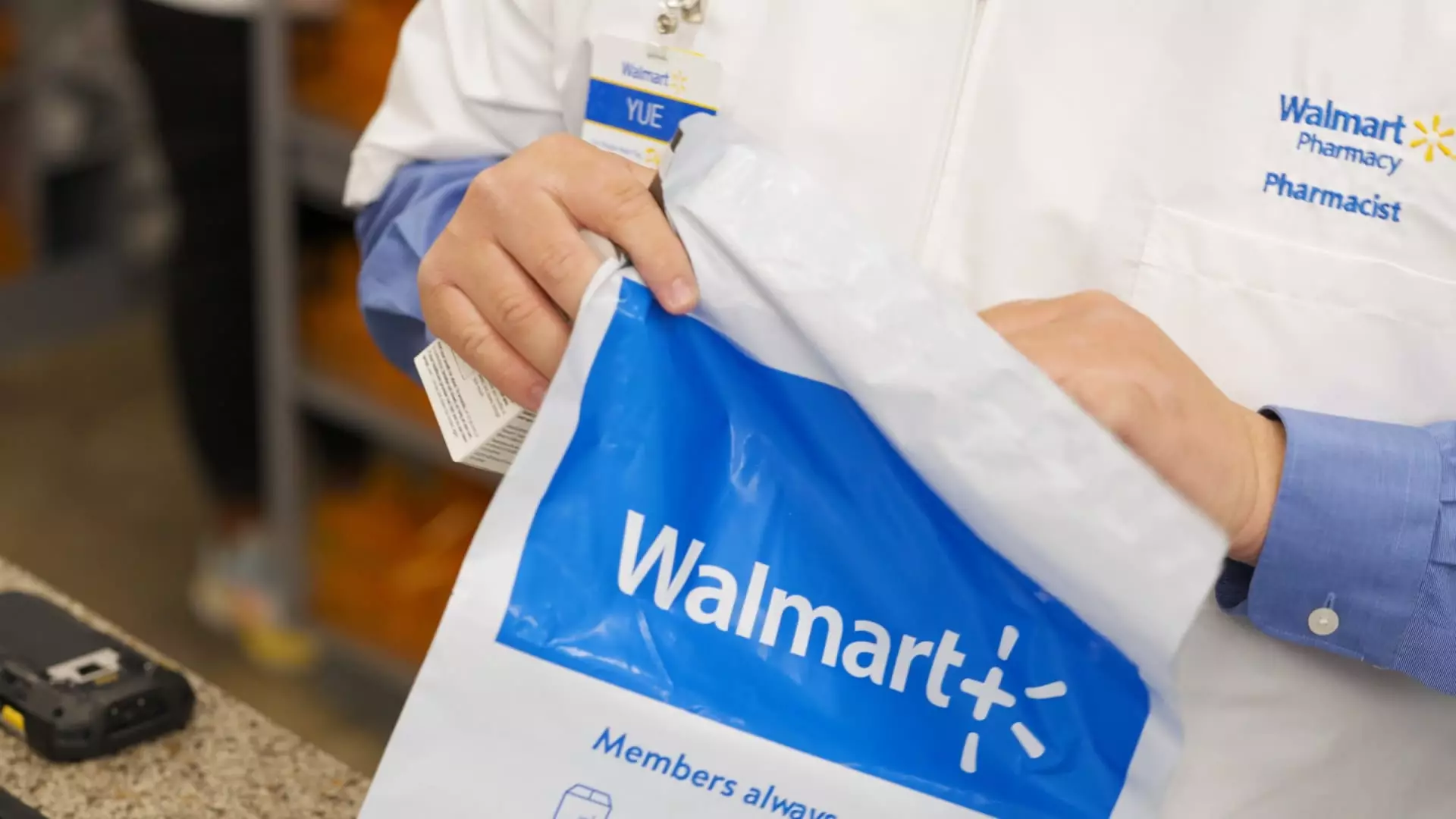The pharmaceutical landscape is rapidly evolving, with major players adapting to shifting consumer preferences and demands. In a significant strategic move, Walmart recently announced its new prescription delivery service, a venture that could reshape the way consumers access their medications. As traditional drugstore chains like CVS and Walgreens navigate challenges including store closures and profit margins, Walmart’s initiative emerges as a direct response to growing shopper demand for convenience and efficiency.
With a swift shift in consumer habits, especially accelerated by the COVID-19 pandemic, many individuals have begun to prioritize convenience in their shopping experiences. Recognizing this need, Walmart has launched a prescription delivery service that will initially cover six states—Arkansas, Missouri, New York, Nevada, South Carolina, and Wisconsin—with plans for expansion to 49 states by the end of January. However, the state of North Dakota will be an exception due to legal restrictions. This move indicates Walmart’s commitment to adapting to consumer preferences, providing a new option that integrates medication delivery with everyday shopping needs.
Walmart’s introduction of prescription deliveries may pose a substantial challenge to established drugstore chains such as CVS and Walgreens, both of which have traditionally dominated the prescription market. Despite these competitors already offering delivery options, including same-day services, Walmart’s strategy of bundling sun sets with other grocery items such as tissues or soup sets them apart. This could potentially siphon off a portion of their market share and further disrupt their already vulnerable financial standings.
As CVS and Walgreens reel from declining stock prices—CVS’s shares are down approximately 26% this year, while Walgreens has witnessed a staggering 60% decline—Walmart’s prescription delivery initiative could accelerate the decline of these drugstore chains if consumers embrace the convenience offered by the larger retailer.
In a bid to solidify its standing in the health and wellness sector, which currently accounts for approximately 12% of Walmart’s U.S. revenue, the retail giant emphasizes the consumer desire for integrated shopping experiences. According to Tom Ward, Chief E-commerce Officer for Walmart U.S., this delivery service is the top request from customers. Notably, this initiative also allows for new prescriptions and refills to be ordered alongside other products, creating a streamlined shopping experience.
This approach not only enhances convenience but also places Walmart in a unique position to leverage its massive supply chain and logistical capabilities. Packages are delivered in tamper-evident packaging, adding an essential layer of safety. Customers can also track their deliveries in real-time, providing peace of mind in what many may view as a sensitive transaction. Moreover, consultations with pharmacists are included for new prescriptions, further ensuring adherence to health and safety protocols.
The introduction of this delivery service has far-reaching financial implications for CVS and Walgreens. Both companies face mounting pressure to innovate and adapt amidst challenges such as low reimbursement rates for prescriptions and fierce competition from Amazon and big-box retailers. While CVS has undertaken a significant reshaping of its business model, including the closure of 900 stores and laying off employees, Walgreens has also announced plans to close 1,200 stores by 2025. These developments underscore the urgent need for these companies to transmute their strategies to remain viable in an increasingly competitive market.
The financial landscape is shifting, with Walmart’s stock price rising about 54% this year, in stark contrast to the downward trends experienced by CVS and Walgreens. This divergence illustrates not just the current market struggles for traditional pharmacies but also Walmart’s strategic positioning as an adaptable, convenient alternative.
As Walmart rolls out its prescription delivery service, it signifies more than just an expansion of service offerings; it represents a potential paradigm shift in consumer behavior and the retail pharmacy model. With the increasing importance of convenience, speed, and integration in shopping experiences, Walmart may well reshape the competitive landscape for traditional pharmacies. For CVS and Walgreens, the challenge remains: adapt and innovate, or risk becoming obsolete in the face of an ever-evolving retail environment. The upcoming months will be pivotal in determining whether drugstore chains can navigate these turbulent waters or if Walmart’s disruptive approach will prevail.

